Kendc0
Chirping
Hi everyone!
I think I got SUPER lucky the other day when the storms brew through GA. The wind picked up and blew away one of Home Depot's model sheds and I was the first to pick it clean (with permission of course). I was able to salvage all of the polycarbonate panels, roof tiles, two fully in tact doors and several aluminum rails. I immediately thought "wow, this is a whole chicken coop right here!"
Here's the listing for the shed: https://www.homedepot.com/p/CANOPIA...kv0VNONtn_8aArDFEALw_wcB&gclsrc=aw.ds#overlay
So I've been doing my research on the best way to build this and what could go wrong. My biggest concern will be the greenhouse effect. The panels are darker and the listing for the shed states it's UV resistant but I definitely don't want to cook my chickens or eggs. Has anyone else built with these types of panels before? They are semi transparent and let in a good deal of light. I want to make a medium sized coop, enough for about 6-8 chickens with an attached run. Here's the general look and functionality I'm looking to achieve: https://www.greenwillowhomestead.co...6bHNaVXhUaUhYMFVCRmRkWjlVZyZ0PUFBQUFBR0xMV0xF
I was thinking perhaps I could even paint the outside of the panels with reflective roof coating. I live in GA about an hour south of the foot hills so our summers get pretty hot and muggy (I live right off a Lake Lanier). I want to leave the bottom of the coop open with just some wire fencing as the floor to allow droppings to fall through but in the winter, I plan on putting one of these poly panels down to keep the air warmer and I figure the corrugated nature of the panels will make for some ok insulation.
Id love y'all's thoughts on this! If you know of any examples of someone building with similar materials, please feel free to link them~
I think I got SUPER lucky the other day when the storms brew through GA. The wind picked up and blew away one of Home Depot's model sheds and I was the first to pick it clean (with permission of course). I was able to salvage all of the polycarbonate panels, roof tiles, two fully in tact doors and several aluminum rails. I immediately thought "wow, this is a whole chicken coop right here!"
Here's the listing for the shed: https://www.homedepot.com/p/CANOPIA...kv0VNONtn_8aArDFEALw_wcB&gclsrc=aw.ds#overlay
So I've been doing my research on the best way to build this and what could go wrong. My biggest concern will be the greenhouse effect. The panels are darker and the listing for the shed states it's UV resistant but I definitely don't want to cook my chickens or eggs. Has anyone else built with these types of panels before? They are semi transparent and let in a good deal of light. I want to make a medium sized coop, enough for about 6-8 chickens with an attached run. Here's the general look and functionality I'm looking to achieve: https://www.greenwillowhomestead.co...6bHNaVXhUaUhYMFVCRmRkWjlVZyZ0PUFBQUFBR0xMV0xF
I was thinking perhaps I could even paint the outside of the panels with reflective roof coating. I live in GA about an hour south of the foot hills so our summers get pretty hot and muggy (I live right off a Lake Lanier). I want to leave the bottom of the coop open with just some wire fencing as the floor to allow droppings to fall through but in the winter, I plan on putting one of these poly panels down to keep the air warmer and I figure the corrugated nature of the panels will make for some ok insulation.
Id love y'all's thoughts on this! If you know of any examples of someone building with similar materials, please feel free to link them~

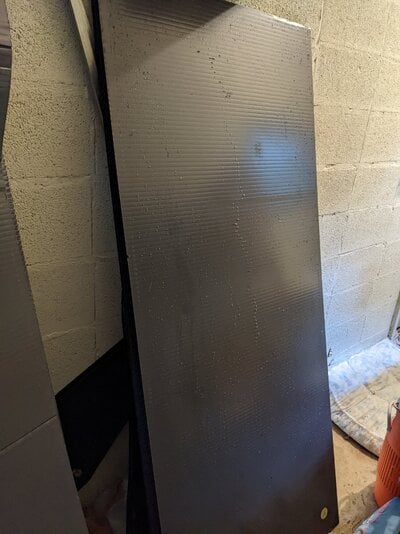
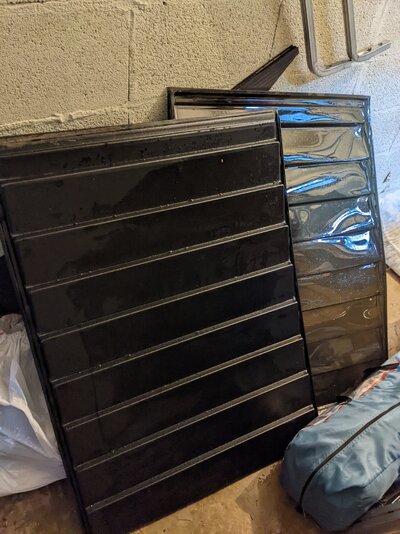
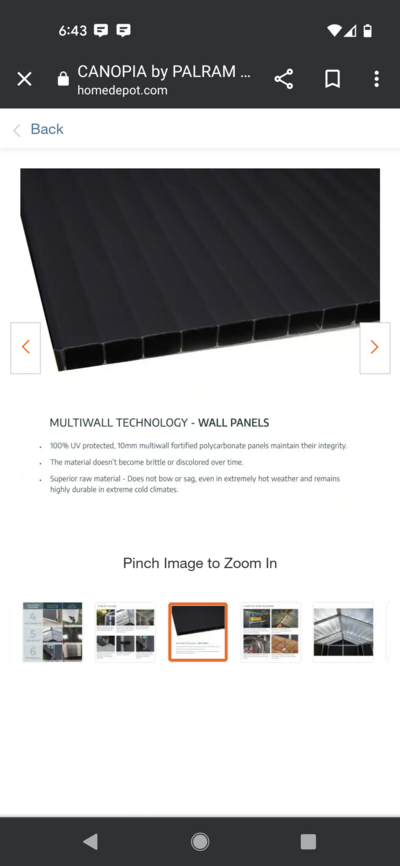
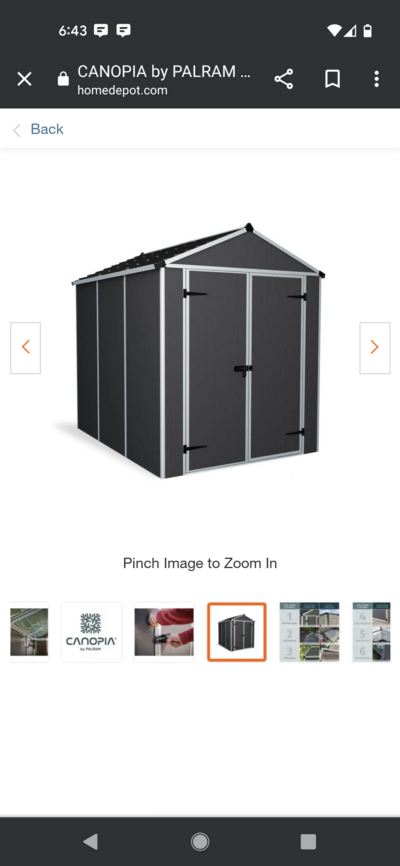
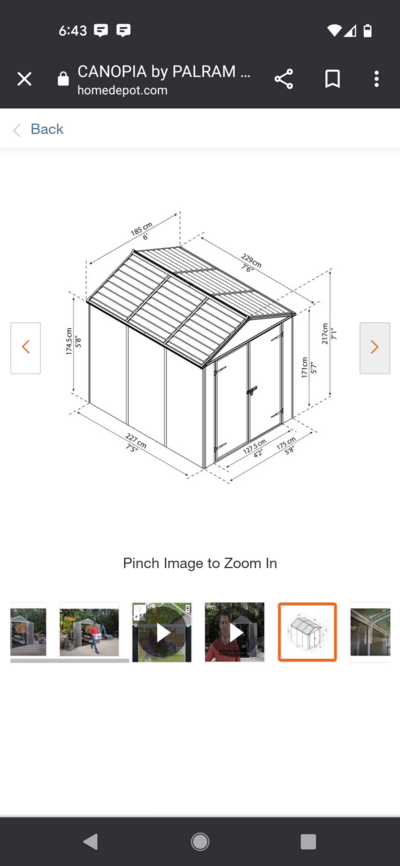



 from the NC Sandhills.
from the NC Sandhills.

